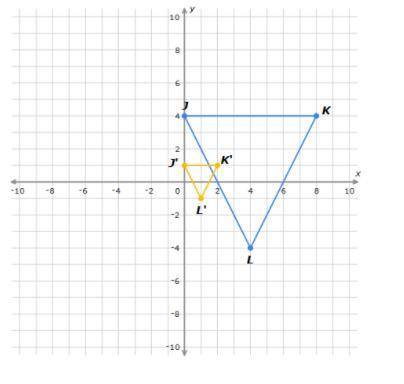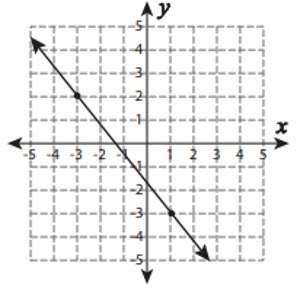
Mathematics, 23.04.2021 19:40 mandyt6058
Triangle JKL undergoes a dilation centered at the origin. The result is triangle J'K'L'. Which rule describes the dilation? A) (x, y) → (2x, 2y) B) (x, y) → (4x, 4y) C) (x, y) → ( 1 4 x, 1 4 y) D) (x, y) → (− 1 2 x, − 1 2 y)


Answers: 1


Other questions on the subject: Mathematics

Mathematics, 21.06.2019 15:00, koolgurl2003
In the pendulum formula t=2pi. read the problem on the picture ! ; $; $; ! ; ! ; ! ; )$; ! ; ! ; ! ; $; $; $! ; ! ; ); $; $$
Answers: 1

Mathematics, 21.06.2019 17:00, lefarrioe8621
The size of a certain cell is 2.5*10^-9m. another cell is 1.5*10^3 times larger. how large is the larger cell in scientific notation?
Answers: 2

Mathematics, 21.06.2019 17:20, kyle696969
Consider the expression below. 9 + 4(x + 2) – 3.1 select the term that best describes "3" in the given expression. o a. coefficient variable exponent constant
Answers: 2

Mathematics, 21.06.2019 21:20, rgilliam3002
Which of the following can be used to explain a statement in a geometric proof?
Answers: 2
You know the right answer?
Triangle JKL undergoes a dilation centered at the origin. The result is triangle J'K'L'. Which rule...
Questions in other subjects:




Mathematics, 15.04.2021 17:50





Mathematics, 15.04.2021 17:50




